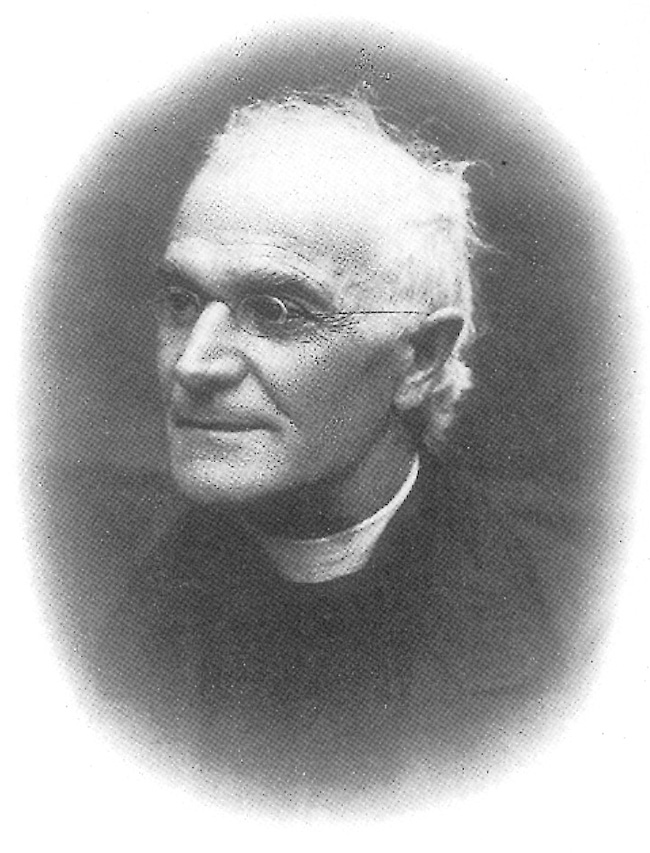Gaetano Chierici palethnology collection
Important evidence of the science and museology of the late 19th Century, it is the direct expression of the cultural work of its founder, clergyman Gaetano Chierici. In 1862, Chierici commissioned the Gabinetto di Antichità Patrie (Cabinet of Antiquities of the Native Lands of Reggio Emilia). The organization was expanded in 1870 to become the Museo di Storia Patria (Museum of National History), whose essential core is the Paleoethnology Collection. Preserved with its original furnishings and arrangement, it is a direct manifestation of the work of a paleoethnologist at the time when prehistoric study was becoming established in Italy. The exhibit is divided into three sections, the first of which gathers together archaeological materials from the province of Reggio Emilia.
Ancillary to this portion are two sections hosting materials from outside the province that illustrate, respectively, the archaeology of other regions in Italy, and the archaeological and ethnic cultures of other countries in Europe and on other continents. A fourth section displays “sepulchres” that were transported intact into the Museum. In the local section, the materials – which are displayed in their entirety – are arranged in chronological order and subdivided by origin, material, technology and type. In this organisational approach with a positivist bent, the contributions made by geology, natural science and anthropology are emphasized. Underscoring the essential importance of the local section are the cabinets that display it, which are arranged around a divider that separates the hall lengthwise. Here, the evolution of human cultures from the Archeolithic (now Palaeolithic) Era to the Barbaric Age (or Dark Ages) is documented. More than half the exhibit is devoted to prehistory and protohistory. Chierici never had a great interest in the Archeolithic. His studies led him to deal with the question of the origins of Man. He did not feel he could subscribe to (indeed, he opposed) Darwin’s theory of the “transformation from beast into Man”. The lithic industry dealt with in the first showcase, whose origins are in the foot hills, dates back to the most recent phase of the Lower Palaeolithic (approx. 200,000 years ago,or thereabouts). Some 15 showcases are devoted to Neo-Eneolithic cultures (V – III Millennium BC). Inthe Neolithic, the culture of “hut bottoms” (structureswith a circular floor plan, buried in the ground) was widespread. It was distinguished by ceramic articles with engraved decorations that were executed using tools consisting of flint shards. The foothills and the middle plain have yielded traces of the most ancientstable settlements in the Reggio area. According to Chierici’s definition, the Eneolithic is the transition period between the Stone Age and the Metal Age. It was characterised by the simultaneous use of toolsmade of copper, flint shards and smoothed stone (III Millennium BC). An entire showcase is devoted to the Tana della Mussina grotto, which was used for burial purposes. Although evidence of the Ancient Bronze Age (XIX – XVII Centuries BC) in the Reggio area is sporadic, it was subsequently dominated – like the entire central Po Valley – by the Terramare culture (XVI – XIII Century BC). In showcase 18, Chierici’s point of view regarding these settlements is reflected by a model of an inhabited area established near a body of water, demarcated by a quadrangular embankment andsurrounded by a ditch. The “1st period of the Iron Age” is represented by a graveyard belonging to the Proto-Villanovan culture of Bismantova (XI – X Century BC). The tombs, consisting of sandstone caskets, containedossuaries – often with a double-tapered shape- complete with items in bronze, glass and amber. Chierici assigned the sepulchres of S. Ilario d’Enza, with their burial and cremation tombs, to the “2rd period” (VI Century BC). The “3rd period”, on the otherhand, corresponds to the heyday of Padanian Etruria (V Century BC), to which the settlements of Castellaranoand Servirola date back. They are distinguished by urban-style neighbourhoods, construction inmasonry, importation of Greek ceramics, and inscriptions in the Etruscan alphabet and language. The structures in Servirola include two wells, where bronze buckets and Attic ceramics were collected, along with eight ferrous copper bars – a likely marker of religious practice. Five showcases display materials from centres of Roman penetration: the municipiain Regium Lepidi, Brixellum and Tannetum, and the vicusin Luceria. Of particular interest is documentation of the necropolises around Brixellum. Articles found in certain Longobard burial sites (VI and VII Centuries AD) make up the lion’s share of the materials in the last two showcases. The ordering of the materials from other regions in Italy reflects the origins of the objects. Archaeology from the Adriatic side of the peninsulais displayed on the east wing, and evidence from the Tyrrhenian side can be found on the westwing. The political attitudes of Chierici – a clergymanand a staunch patriot – are especially evident in this section, since it displays the archaeological reality of the entire country, from the gulf of Trieste to the Ligurian Sea, including the still unredeemed lands of Rome, together with the Lazio and Gorizia regions. Included in this section is important documentation of the Remedello Sotto cemetery (in the province of Brescia) from the Eneolithic to the Iron Age, funeral relics from ancient Apulia, materials from the island of Pianosa, and relics from the Cenisola cemetery in the Ligurian area (in the province of La Spezia). In the third section of the exhibit, materials “from places outside of Italy” are shown, as an application of the approach of comparing prehistoric cultures with contemporary primitive models that is used in the emerging field of paleoethnology. The path of the exhibit retraces that of the paleoethnological collection,from cultures of hunters/gatherers to fully historical cultures. Of particular interest are the objects of the Australian Aborigines, of the Sioux and the Cheyenne,and of Abyssinia. In recent years, artefacts and archaeologicaltools belonging to Gaetano Chierici have been placed in the initial showcases in the hall.

